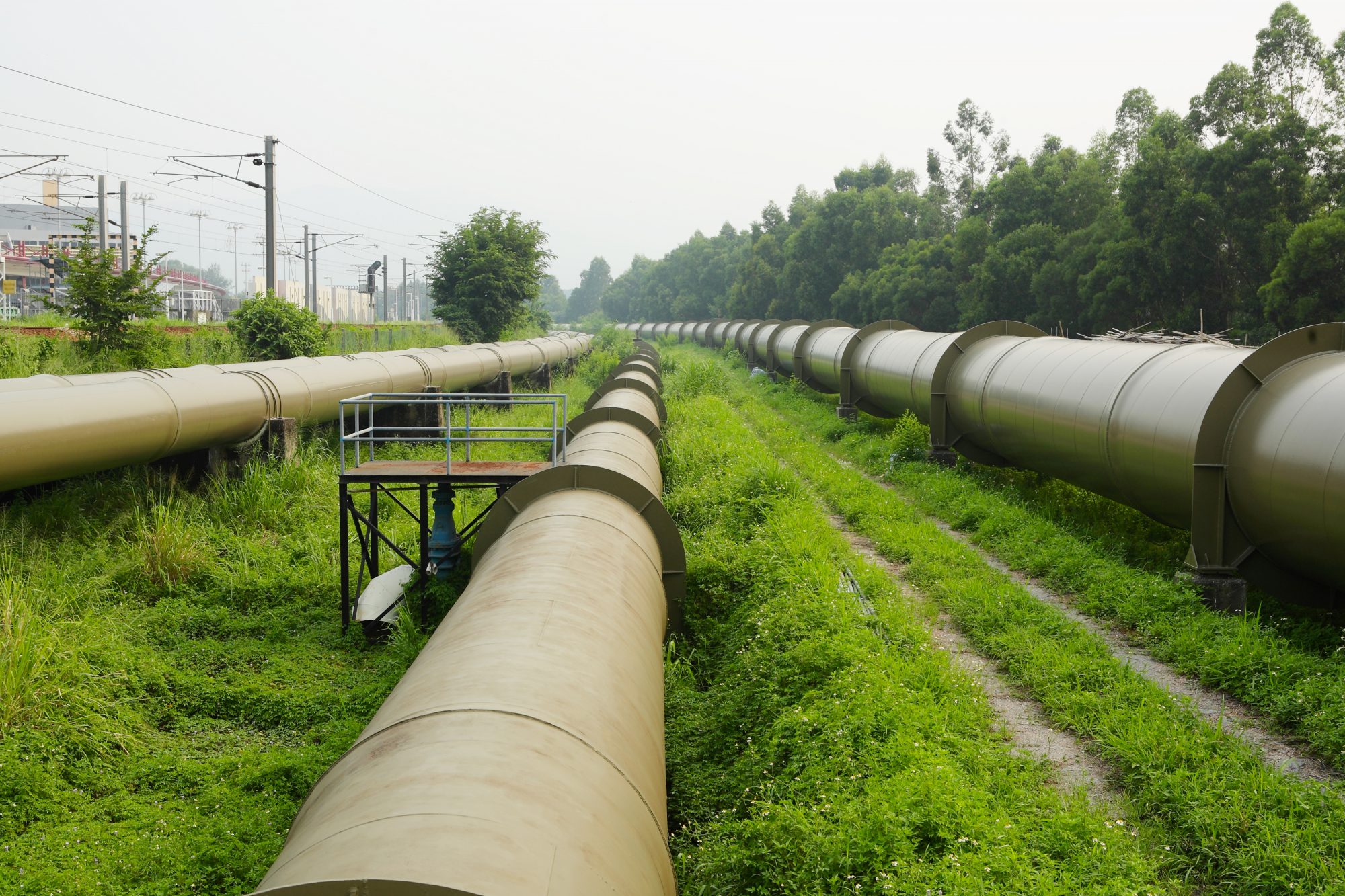Corrosion is a major concern in natural gas pipelines, as it can lead to dangerous gas leaks, costly repairs, and environmental damage. Internal and external factors like exposure to corrosive gases (such as CO2 and H2S) and harsh environmental conditions can weaken pipelines over time. Addressing these risks is essential for maintaining the integrity of pipelines and ensuring a safe and reliable energy supply. One advanced approach to managing pipeline corrosion is using Fuzzy Fault Tree Analysis (FFTA) combined with preventative measures such as DragX, a surface treatment designed to protect pipelines from corrosion.
Understanding Pipeline Corrosion and its Risks
Natural gas pipelines face various threats from both internal and external sources:
- Internal corrosion is caused by acidic gases like CO2 and H2S, which can degrade the pipeline from the inside.
- External corrosion occurs due to environmental factors like soil conditions and mechanical damage, often destabilizing the protective oxide layer on pipelines.
If left unchecked, corrosion can result in pipeline failure, leading to leaks, environmental harm, and increased safety risks for workers and the public. Implementing reliable corrosion protection and monitoring systems is crucial to avoid these potential failures.
Fuzzy Fault Tree Analysis (FFTA) for Pipeline Risk Assessment
To better understand and manage the factors contributing to pipeline corrosion, a risk assessment model based on Fuzzy Fault Tree Analysis (FFTA) has been developed. FFTA evaluates the probability of different failure events and identifies the key factors that lead to pipeline corrosion. Using multi-factor monitoring data helps safety engineers assess the pipeline system’s reliability and pinpoint areas most vulnerable to corrosion.
In a recent study, FFTA identified 14 basic and 10 intermediate events that influence pipeline corrosion. The probability of a major pipeline failure due to corrosion was estimated at 22%, and the overall system reliability ranged between 0.6825 and 0.8859. This shows that corrosion poses a significant threat to pipeline safety, but with the right preventative measures, the risk can be mitigated.
How DragX Helps Prevent Pipeline Corrosion
While FFTA provides a valuable tool for identifying corrosion risks, it is equally important to implement effective corrosion prevention strategies. One such solution is DragX, a state-of-the-art surface treatment designed to protect pipelines from both internal and external corrosion.
Here’s how DragX enhances pipeline protection:
- Corrosion Resistance: DragX creates a protective barrier on the pipeline’s surface, preventing acidic gases and corrosive elements from penetrating the material and causing damage.
- Durability: By shielding pipelines from mechanical damage and environmental factors, DragX extends the life of the infrastructure, reducing the frequency of repairs and maintenance.
- Enhanced Efficiency: With DragX, pipelines maintain their structural integrity, leading to fewer operational interruptions and increased reliability in gas transportation.
By combining FFTA with DragX surface treatment, pipeline operators can identify corrosion risks and take proactive steps to prevent pipeline failure.
The Importance of Preventive Measures in Pipeline Integrity
Protecting pipelines from corrosion is essential to ensuring natural gas transportation’s long-term safety and reliability. Without proper preventive measures, corrosion can weaken pipelines, increase the likelihood of failure, and result in expensive repairs.
Preventive strategies, like cathodic protection (CP), coatings, inhibitors, and advanced treatments like DragX, offer comprehensive solutions for mitigating the risks associated with corrosion. Implementing these strategies ensures that pipelines remain safe and functional, reducing corrosion’s environmental and economic impacts.
Combining Fuzzy Fault Tree Analysis (FFTA) for risk assessment and DragX surface treatment as a preventive measure provides a powerful solution for managing corrosion in natural gas pipelines. By identifying key risk factors and applying protective treatments, pipeline operators can significantly reduce the likelihood of corrosion-related failures, ensuring the safety, efficiency, and longevity of their infrastructure.
For pipeline operators looking to improve corrosion resistance and optimize safety, integrating DragX into their maintenance strategy is crucial to protecting their assets and maintaining operational integrity. Learn more about DragX with experts.

